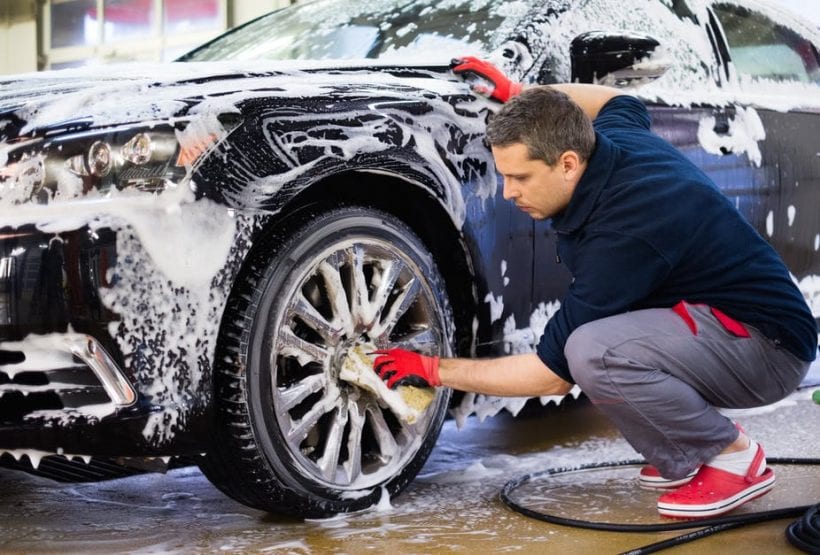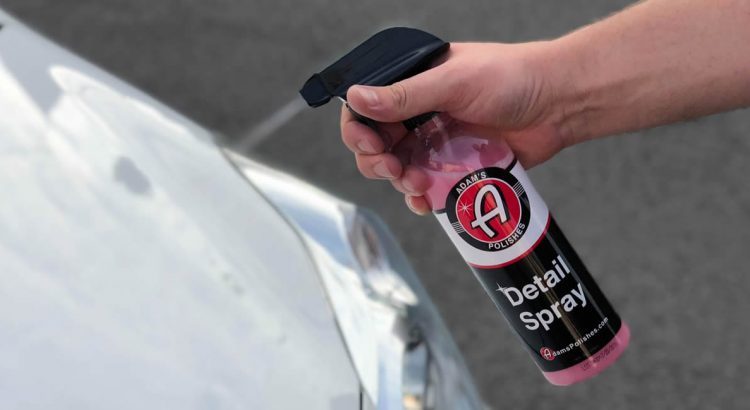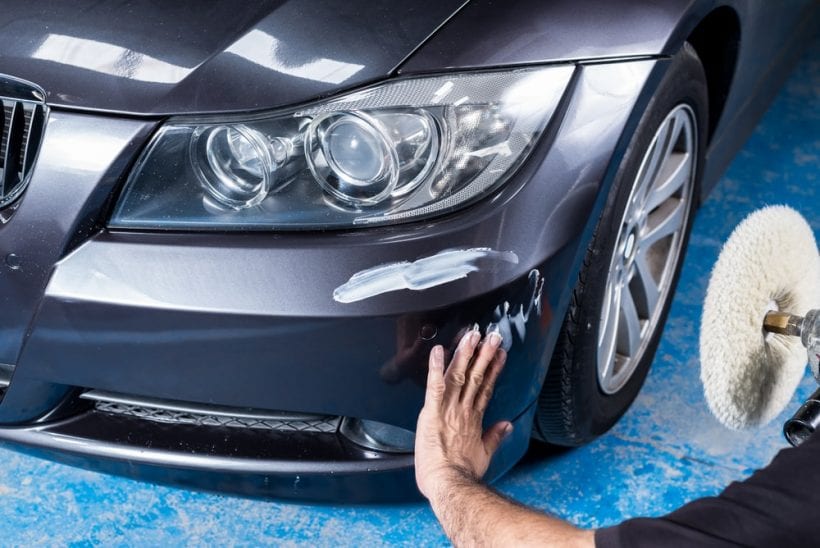There are times when the surface of another car ends up scraping or rubbing on one’s car and unfortunately these accidents happen. If you are in the unfortunate position where it was a hit and run and your left with the mess to fix, then perhaps this will help. First let’s just understand that the paint coming from the other vehicle shall remain on the surface of your vehicle, typically on top of the clear coat (the clear layer that protects your car’s paint). This is also known as paint transfer and common where you contact a parking pillar or in this case another vehicle. The colour will be standing out, making the surface of your car and ultimately looking unattractive and vandalised. The removal of colour may be through using harsh chemicals which are capable of removing paint from one’s car (so caution and care must be taken into consideration). There is a safe and more reliable way of removing paint transfer without necessarily interfering with the car’s paint, so listen close as the experts from Schmicko break it down for you. The safe procedure of removal of dried paint transfer includes
Step 1

Parking of the car in a shaded area that is away from direct sunlight and heat as it will prevent the paint from being too hot and evaporating every chemical that touches the surface and also reduces the likelihood of further staining. You will then wash your vehicle using a soft microfiber wash mitt and car shampoo with pH neutrality. Afterward, there is the necessity of rinsing the vehicle with a sturdy pressure washer and leaving it for complete dryness using a microfiber large drying towel. Using a cotton towel and chamois, you will end up speeding on the drying process. Although we do advise against using the chamois as it can cause scratching and marring through cross contamination. Using a chamois was once a commonality back in the days, but as technology advances, we have found better ways of washing the car with lower probability of cross-contamination ie the wash mitt.
Step 2

Spray the area of your car’s paint generously with a specialized car detailer spray for super lubrication, it will make the next step much easier to perform and effective.
Use a professional grade clay bar, which can be sourced from your local auto store and you will be rubbing the clay bar across the area from the car’s front-rear. Do not use circular motions but rather a cross-hatch up and side ways motion only (a common practice in car detailing). Therefore, ensure you are not rubbing the cover up and down. The clay bar will be picking up paint and primer on the smooth surface and with enough time and persistence, the clay bar will start to collect the paint transfer.
Step 3
There is a need to hold the cay bar for several times with the aim of continuity of applying pressure to a paint marked area. Spray using more detailer spray, particularly if the surface is becoming drier. The clay bar will be gliding on the surface across to pick up on the other paint. If you don’t use enough detailing spray, the bar will not glide and simply stick on to the paint.
It is essential to be spraying more detailer spray on the clean area and wiping it off using a microfiber of a cloth to remove any excess and to reveal the new finish
Items Required
- Microfiber cloth
- Spray detailer
- Clay bar
- Water
- Wash Mitt
- pH neutral car wash shampoo

You will require to use a bucketful of car wash shampoo and water, but please do use the correct dilutions as specified on the car wash shampoo bottle for an effective concentration. Ensure you are using a car wash shampoo that is biodegradable and pH neutral (great for the environment). Take a soft rag that is clean or else use a dishwashing scrub. You need to dip your car wash mitt in car wash shampoo and water and later consider scrubbing over your paint thoroughly. It is a highly effective method that will help in removing paint spray from your car, particularly if it has not entirely dried. The more you engage in this process, the more the chances of acquiring better results. Also of course, the longer you leave the paint to dry on the car the more difficult it is to remove.
Use of Paint Thinner Such as Turpentine
Paint thinners are coming in varieties including nail polish remover, gasoline, turpentine, and kerosene. You will wet your washcloth using the listed paint thinners. Besides, you will be rubbing it on the paint which you will require to remove. For the instance of oil-based paint, you will successfully remove it. The colour will be transferred to the cloth you are using. There is a need for continual rubbing for you to remove all the various paints. If the colour is not moving on a given material, the paint is either lacquer or acrylic paint. In this case, there is the necessity of using the method discussed below.
Usage of Rubbing Compound

In the case of lacquer or acrylic paint, you ought to be using a car rubbing compound which has a high quality. You also need to make use of a buffer. Ensure the shield is not bearing more than 2500 to even 3000 rpm. It may end up burning the paint and removing marks, particularly for the instance of cars with a dark color. You will need to start rubbing or applying the paint compound and later use the buffer. It will play a significant role in assisting in the removal of paint scratches on the car.
Use of Sandpaper

You need to make sure you get 800 sandpaper grit. Sand is on the paint continuously, and you will remove it in less time. There is a need to take thousands of grit sandpaper and sand for a while. Besides, you will require 1500 of grit sandpaper for you to complete the job. While done with sanding, you will have stripped off the present layer. Afterward, it would help if you sanded using 2000 of sandpaper. After the process, you will end up scrapping of the color of the spilled paint. Please refrain from using sand paper for your window if you ever experience paint transfer here, especially those with ceramic car window tinting installed as you don’t want to risk damaging this expensive tint.
Conclusion
You now have the various ways of removing paint that mistakenly spills on to your car as overspray. Therefore, there is no need to worry about how you will carry the process. Follow the laid procedure, and you will get excellent and reliable results.

